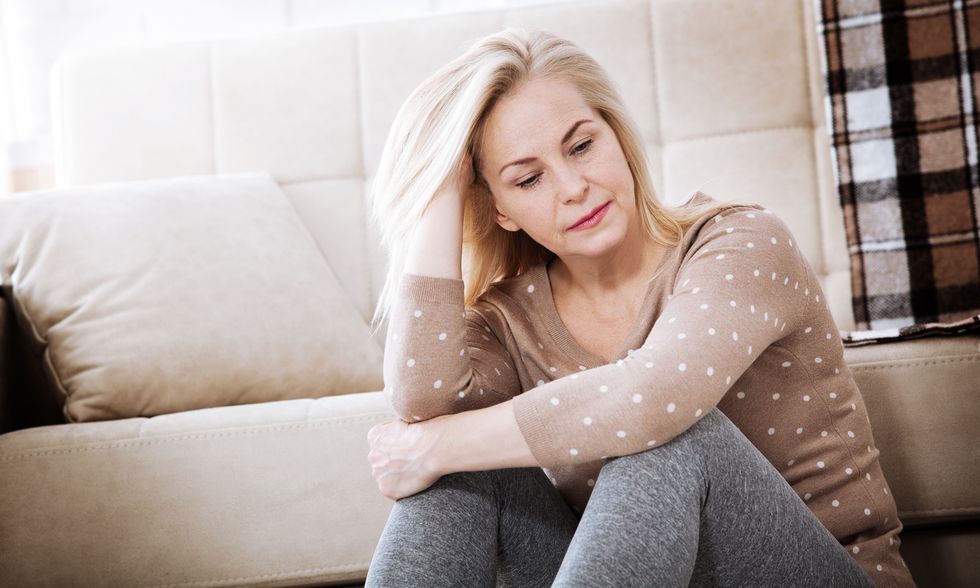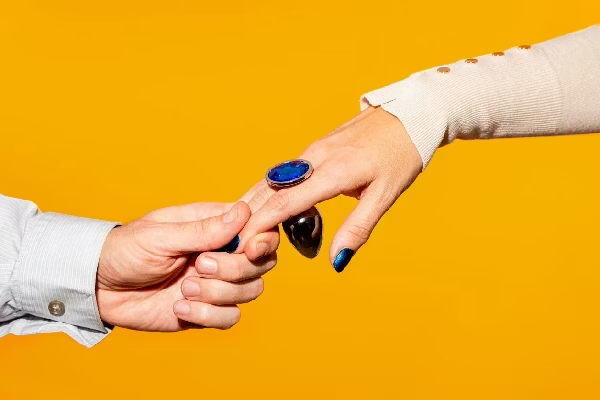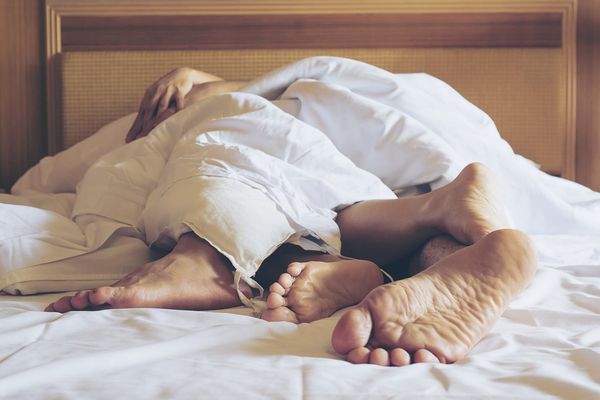Many women come to me complaining of pain around their labia, vagina and genital region, a very challenging condition known as vulvodynia. The highest incidence is seen in women ages 18 to 25, but it can occur at any age.
These extremely distressing symptoms can make having sex out of the question, and some women find that even their clothing, no matter how loose, will trigger pain. Also, many times there are no visible signs or symptoms, such as a rash or redness, which can further delay diagnosis and treatment—not to mention making a woman feel crazy.
Classifications of Vulvodynia
There are many reasons for vulvar and genital pain. The way we providers classify them is whether the pain occurs all the time and is in not a response to something (unprovoked), or it occurs only as a response and therefore is provoked.
Provoked Vulvodynia
With provoked vulvodynia, the pain occurs when something touches the outer area of the genitals surrounding the vaginal opening, including the labia minora, labia majora, clitoral hood, urethra or the vaginal opening itself.
Possible triggers are:
- Sexual intercourse
- Inserting a tampon
- A gynecological exam
- Prolonged sitting or cycling
- Wearing tight pants
- Infections
Unprovoked Vulvodynia
Unprovoked (generalized) vulvodynia is not caused by a particular trigger and some women experience pain all the time. Others have episodes of pain in different spots, with periods of relief.
Women report various kinds of pain:
- Burning pain
- Pinpoint pain
- Stinging pain
- Itching pain
- Aching pain
Causes and Diagnosis: The Q-tip Test
Though we don't always know the cause of vulvodynia, here's what we think is happening. The nerves under the skin may have become sensitized by a previous trauma, infection or irritation. They continue to produce chemical proteins (chemokines and cytokines) that further the cycle of inflammation and irritation by directly activating pain-sensitivity neurons. This heightened sensitivity is called hyperalgesia, where the nerves are overreacting to even a light touch.
Nerve-type (neuropathic) pain is difficult to trace to a specific cause and is also hard to treat.
The Q-tip Test
We use a cotton swab to diagnose vulvodynia and to find the areas that are painful. Many providers also use magnifying glasses or a vulvoscopy to further inspect the area. Once the area has been identified, we can start to formulate a plan for treatment.
A Real Patient Story
I saw a woman recently, Alexa (not her real name), who had seen four providers over two years for recurrent vaginal infections and pain around the vaginal opening that wasn't getting any better. She had not been able to have penetrative intercourse with her long-term partner without debilitating pain for a year. Even getting aroused from oral and manual stimulation started her pain cycle.
Read more about What Happens When You Want to Have Sex, But It Hurts?
During her exam, I noted that she had a slight amount of redness at the lower part of the vaginal opening, and a Q-tip test revealed two areas that were extremely tender. She described them as an 8 out of 10 on the pain scale. She also had bacterial vaginosis (BV) at the time.
We treated the BV and I provided her a range of "tools" to help reduce her symptoms. We talked about research from the National Vulvodynia Association that shows treatment can take three to six months.
I advised her to choose whichever treatments suited her day-to-day situation. They included:
- See a pelvic floor physical therapist to help with any overly contracted muscles of the pelvic floor.
- Liberally use ice packs for acute pain, especially at night.
- Apply a compounded cream to affected areas. (The cream includes lidocaine, baclofen and amitriptyline, which can help quiet the overactive nerves and stop the cycle of inflammation, but it often takes months of daily use to achieve pain relief.)
- Scale back on exercises that put pressure on the vulva, including cycling, spin class, running or horseback riding.
- Buy white cotton underwear and avoid thongs, which often provide too much pressure on the irritated areas. (Dyes and polyester underwear may trigger inflammation; switching to white cotton undies increases comfort for many women.)
- Skip the underwear and wear loose skirts and pants while at home.
- Avoid soap to cleanse the genitals because it's very drying; instead use a gentle cleanser such as Cetaphil or CeraVe.
- Use a hair dryer set to a cool setting to dry off genital area after a bath or shower.
This was Alexa's specific and unique treatment toolbox. Yours might be different.
After six months, Alexa was able to have intercourse, and her pain levels went from an eight to a one or two depending on the day. She sometimes has flares and, when she does, she only needs a day or two of treatment to quiet her symptoms.
If you're experiencing vulvar and vaginal pain, known as vulvodynia, look for a women's health provider who has experience treating vulvodynia or talk with your provider about the treatment plans mentioned at NVA.org.
Click here for help finding a pelvic floor physical therapist.
Here are more resources for help keeping your pelvic floor healthy:
- Harvard Women's Health Watch: Pelvic physical therapy: Another potential treatment option
- National Institute of Diabetes and Digestive and Kidney Diseases Kegel Exercises
- Kegel Exercises
- Pelvic Physiotherapy: Pelvic floor release
This blog originally appeared on Nurse Barb. Barb Dehn is a women's health nurse practitioner, award-winning author and nationally recognized health expert. She practices with Women Physicians in the Silicon Valley of California.






